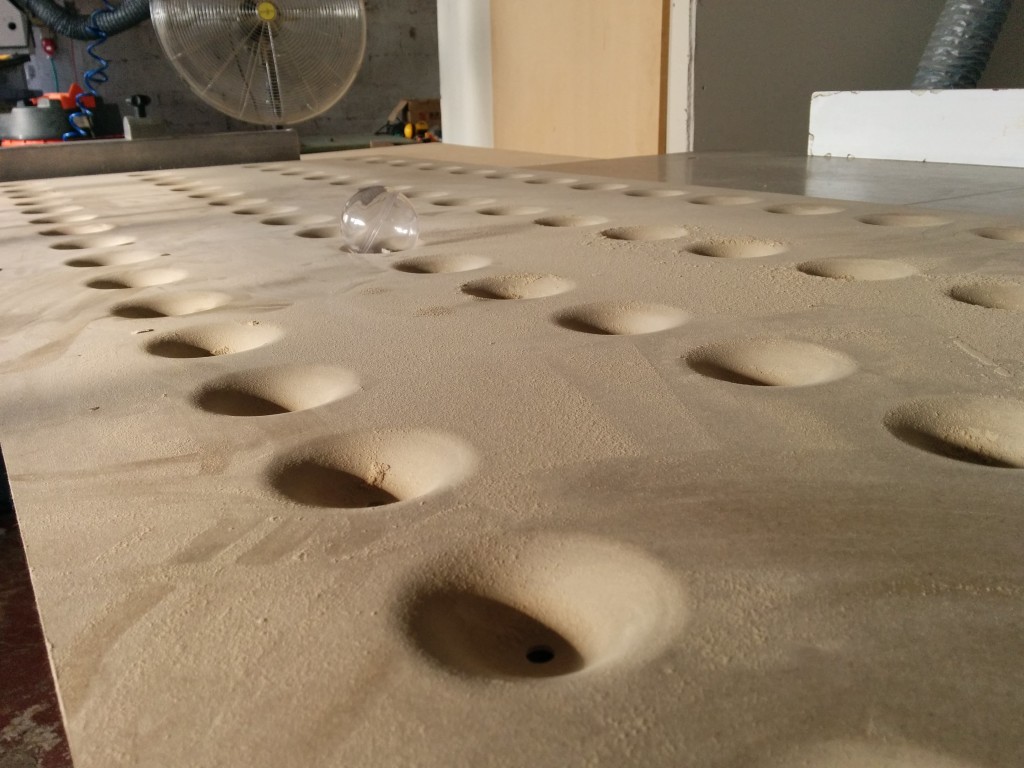
Gridi – a large scale physical midi sequencer
This project is a realisation of an idea I had in my head for a while now. I wanted to create a method for people who are mainly non musicians to compose music in an intuitive physical way. At the Israeli museum I saw the large scale spots painting by British artist Damien Hurst. There are hundreds of copies of this work, but the Israel museum has one of the largest ones.
I was coming out of a meeting regarding an art event called contact point, as part of the Jerusalem season of culture. This event invites artists of all types to make their own art in relation to the art displayed in the museum. The impressive spots piece by hurst inspired me to create a spots grid of my own, but with the capability to create music as well and allow people to explore it freely.The name GRIDI is a combination of MIDI+GRID, which sums up the meaning of this project.
What is GIRDI?
GRIDI is a large scale midi sequencer (total size 2.68 X 1.64 meters), which emulates the way modern musicians make music using midi in their DAWs (digital audio workstation). If you want to know what is midi click here.
Music Composition techniques
As more and more people are making music with laptops, becoming beat makers, or bedroom music producers. Mainly due to the fact that music software is incredibly affordable and rather easy to use. To write a beat or a melody, the go to method for producers who don’t necessarily play an instrument, is to write it as midi information on a grid.
The input could be done via a midi keyboard connected to the computer, or by clicking with the mouse inside the grid, creating blocks that will play each time the grid plays through. Here is an example from Ableton live, one of the most popular DAWs out there:
This simple way of creating music is so popular with producers today that it becomes second nature and is used often for every track and for loads of different instruments. The midi information is just a command for the computer to play a certain note at a certain time. Once you press play, there midi clip starts playing from left to right and whenever there is a note (in red) the computer will play it. The sound could be assigned to anything basically. It could be a piano, drums, synthesiser or anything else you can think of.
The project attempt to emulate this simple composition process in a large scale physical medium. Making music with GRIDI is rather simple. You place provided transparent balls at different spots on the grid and that way start to form the music. You have an option to create drum patterns, a melody and a bass line as well. With a 16X16 grid I had to divide the melody, drum kit and bass into something that makes sense. I decided to allow 7 rows for the melody, 5 rows for drum sounds and the remaining 4 rows for bass. Here is a sketch of the basic idea –
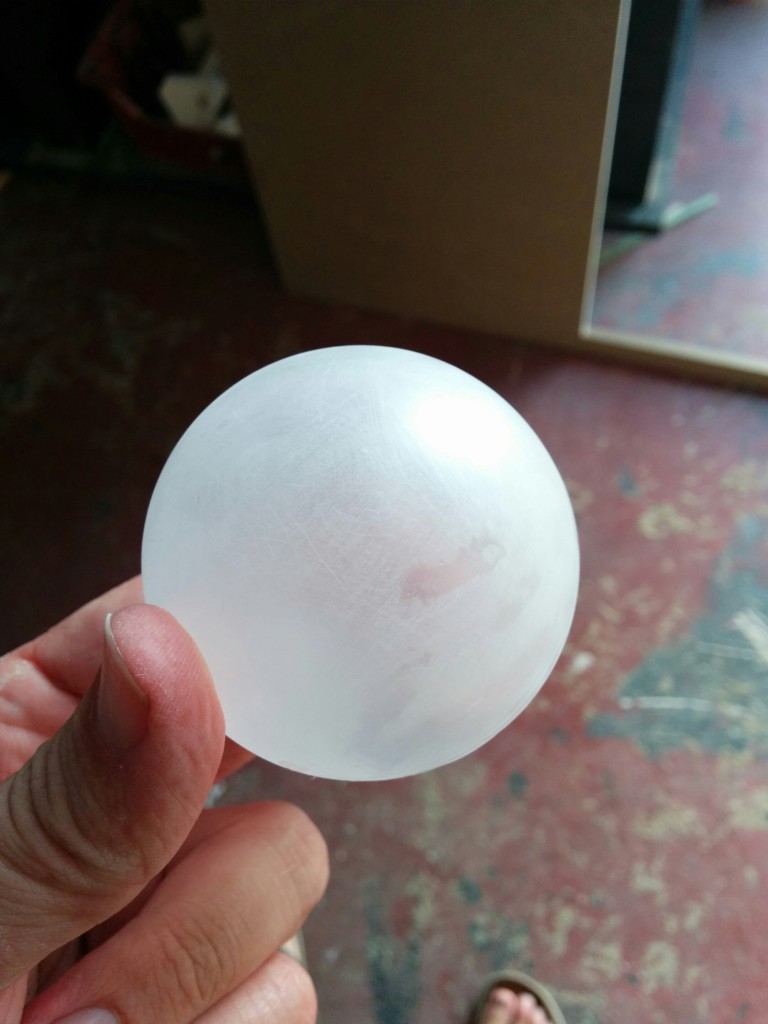
The visitors will be able to use the balls and create their own compositions. Due to the size of this grid, they will also have to co operate with other visitors and compose together while listening to each other and making music that makes sense together.
Tech stuff
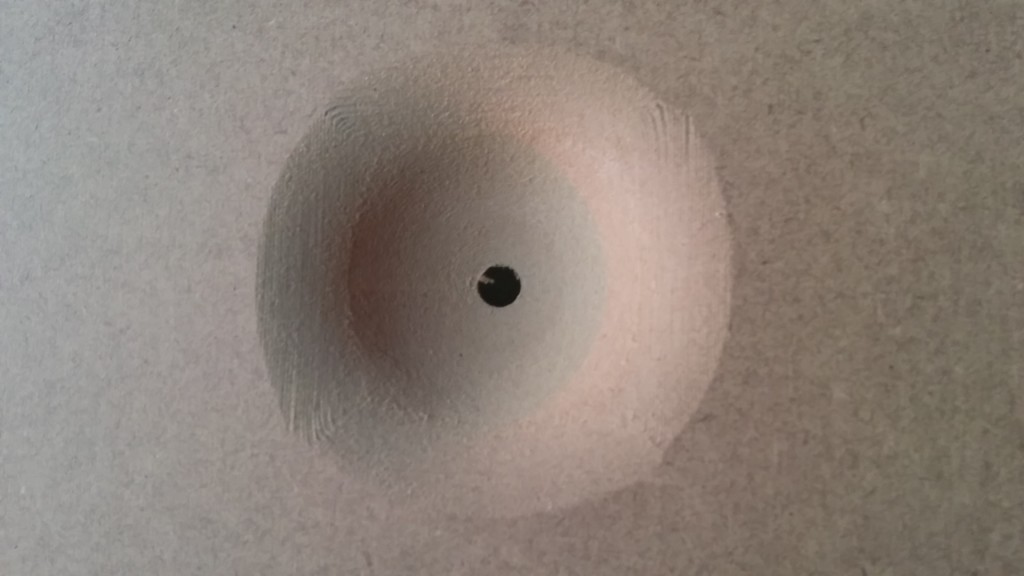
GRIDI is made out of four cutout wooden plates, carefully cut by a CNC machine. Inside the plates there is a total of 256 holes, which represent a 16X16 grid. Inside each hole there is a led light and a button.
The project works using a couple of Arduino micro controllers, going into a macbook pro running Arduino software and Ableton live 9, with a custom max for live patch to receive the input form the grid and control the LEDs. There is also an iPad running (the awesome) touchable 3 app, used to change the sounds of the drum kits, instruments and add effects as well. I will be controlling touchable while visitors compose the music using GRIDI. In the future, I will probably add some features, a midi controller for people to control certain elements of the music, add effects on their own and more.
The project is still being produced, more videos will be posted as soon as possible.
GRIDI will be premiered at the event on August 6th 2015 at the Israel museum in Jerusalem. visit their website for more info.
Credits
Many thanks to the amazing team working on this project; Michael Zeron – Electronics, coding and tech support. Ronen Peri – max for live and tech support. Nadav Vainer – Designer. Also thanks to Omer K acoustic design for the technical support along the way.


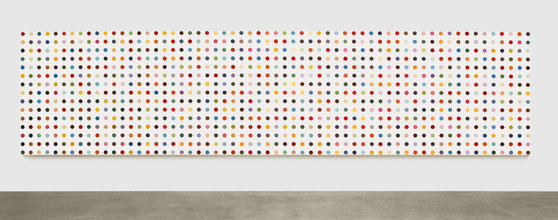
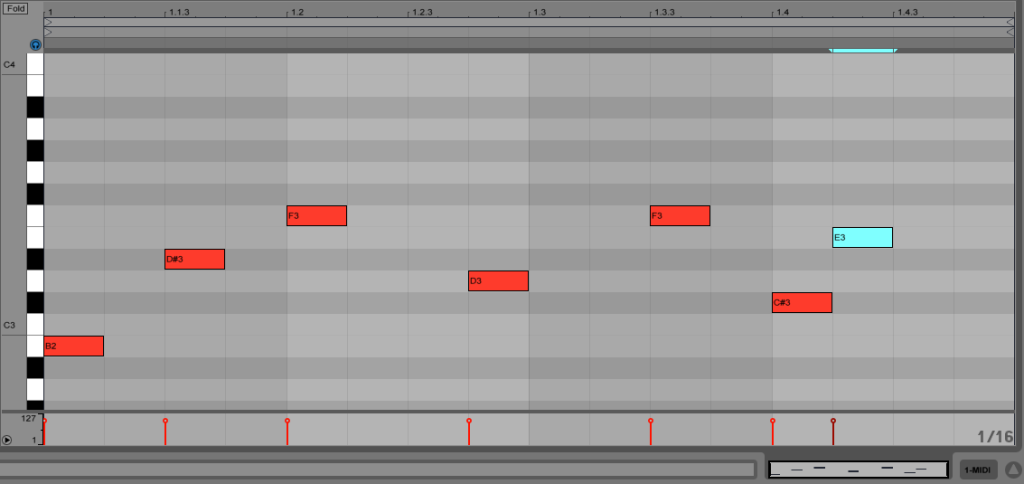
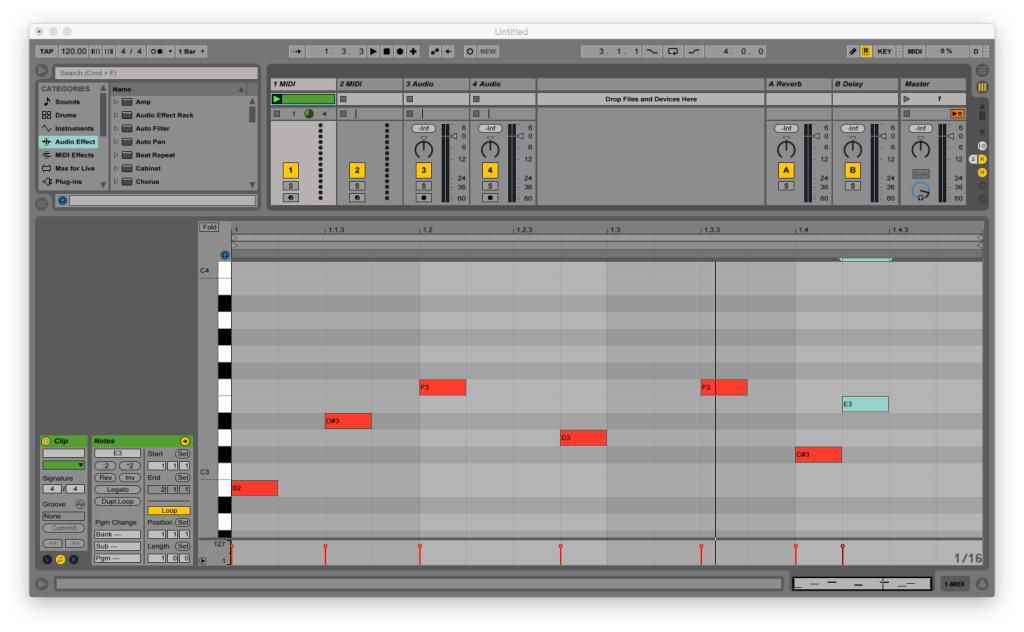
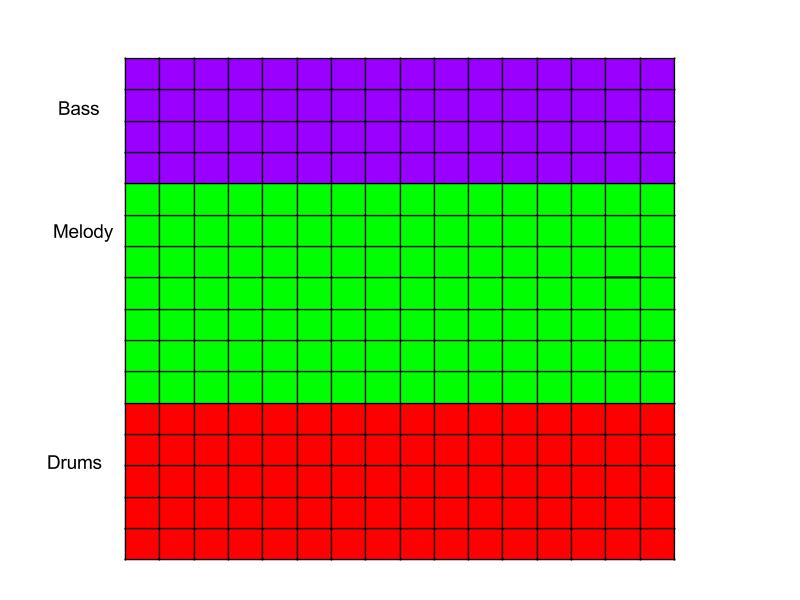
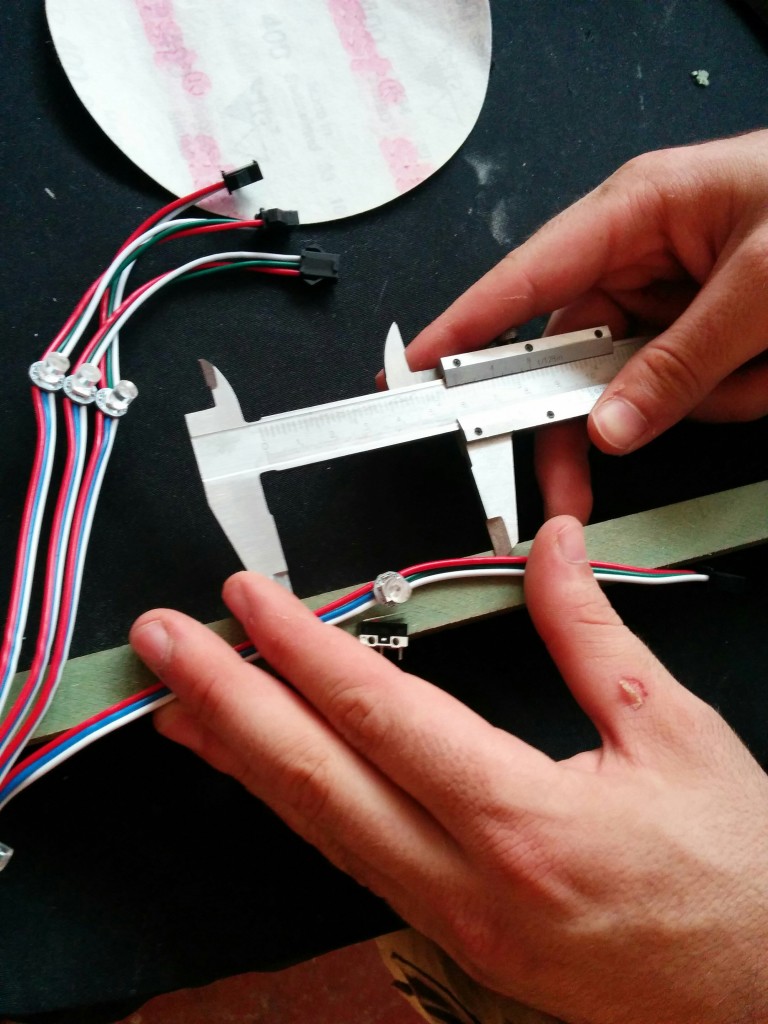
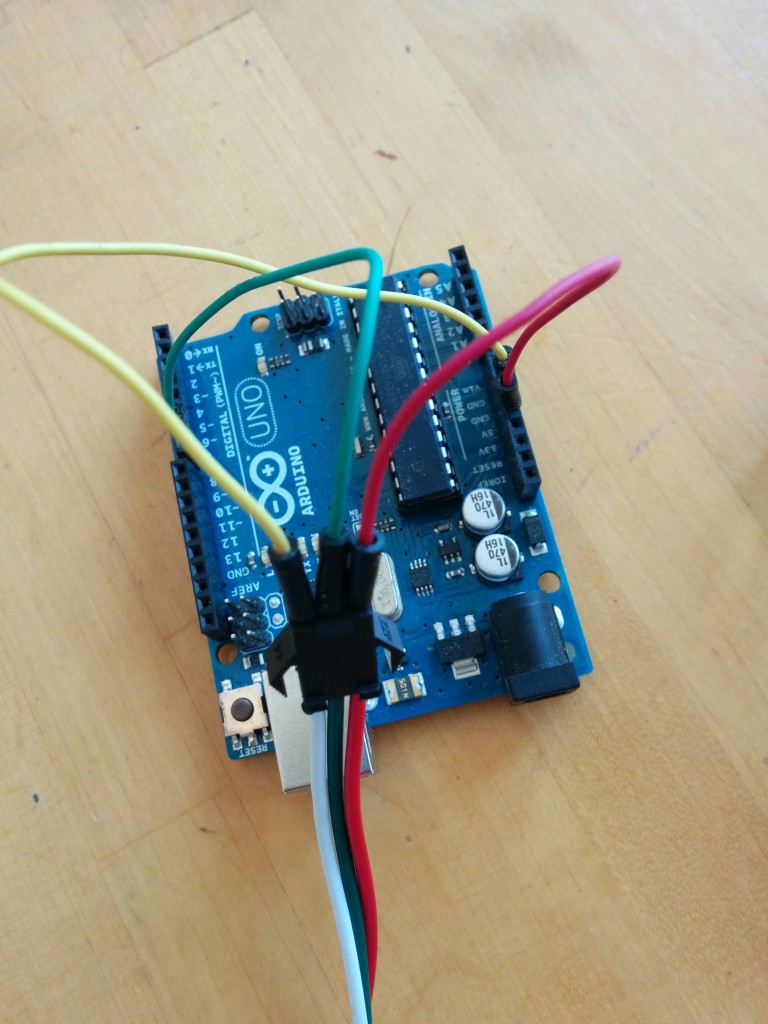

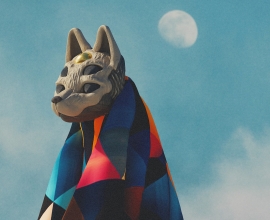
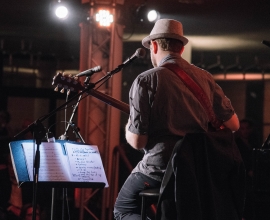
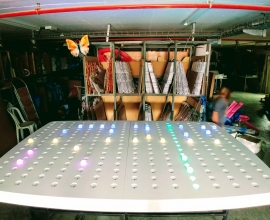



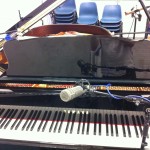
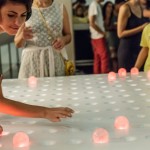
How do I get a gridi?